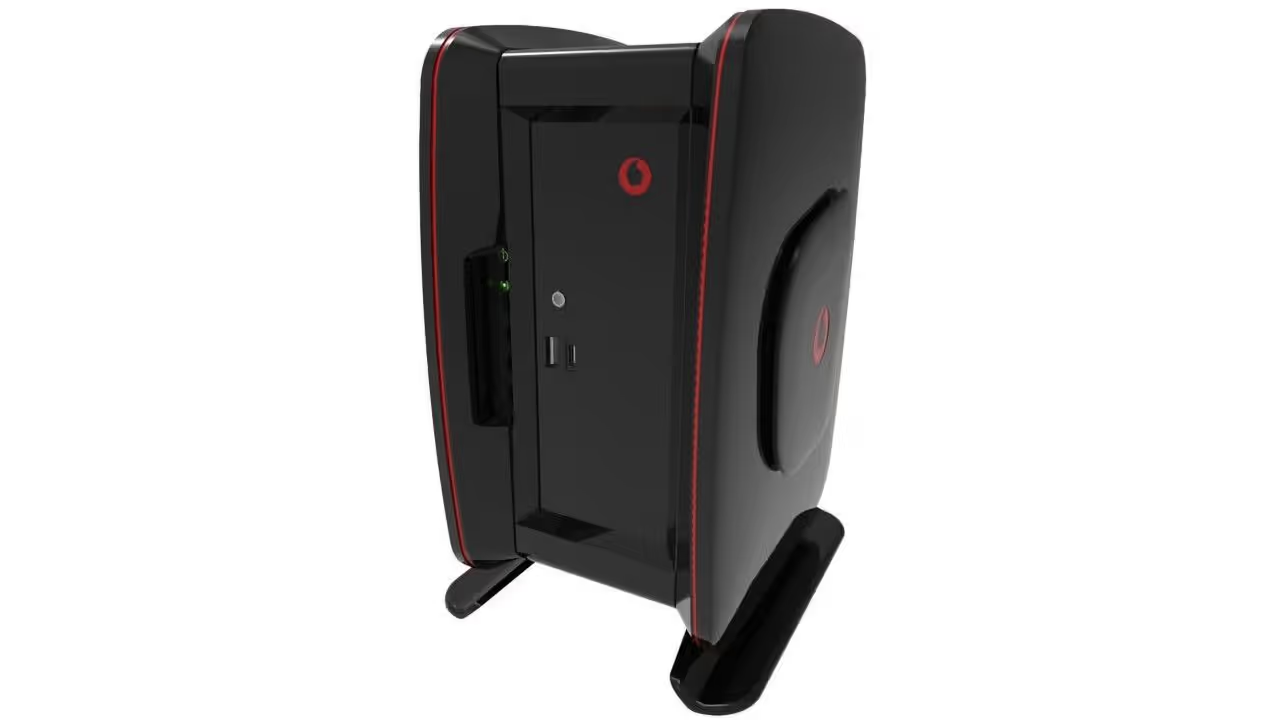
Vodafone Launches Europe-First Open RAN Trials, Based on CrowdCell Technology
Vodafone has announced the deployment of open radio access network (open RAN) systems, building on technology developed in partnership with Lime Microsystems through the Telecom Infra Project (TIP), to expand mobile telephony coverage in rural and urban areas of the UK.
Following earlier trials in the South Africa and Turkey, Vodafone is committing to the first European roll-out of open radio access network technology as part of its work with the Telecom Infra Project (TIP) and its OpenRAN initiative. Where current mobile networks tend to rely on a centralised radio access network model filled with hardware from a single proprietary vendor, OpenRAN - as with all open radio access network efforts - seeks to reduce deployment costs, increase interoperability between vendors, and bring intelligent computing to the edge of the network to improve performance and unlock new capabilities.
"The global supply of telecom network equipment has become concentrated in a small handful of companies over the past few years,' the company explains in its announcement of the move, which marks the first commercial deployment of OpenRAN technology in Europe. "More choice of suppliers will safeguard the delivery of services to all mobile customers, increase flexibility and innovation and, crucially, can help address some of the cost challenges that are holding back the delivery of internet services to rural communities and remote places across the world."
"We are pleased with trials of OpenRAN and are ready to fast track it into Europe as we seek to actively expand our vendor ecosystem," says Vodafone Group chief executive officer Nick Read. "OpenRAN improves the network economics enabling us to reach more people in rural communities and that supports our goal to build digital societies in which no-one is left behind."
The deployment comes as a survey carried out by Senza Fili saw 100 percent of US mobile network operators responding with plans to deploy OpenRAN technology in key scenarios, with 43 percent open to the concept of replacing current centralised RAN vendors with OpenRAN equivalents. "In the survey," Senza Fili founder and president Monica Paolini explains, "operators show a widespread and consistent interest in moving to OpenRAN architectures to increase in capacity and coverage in existing networks, to roll out greenfield deployments, and add new RAN vendors."
The technology used in Vodafone's UK open RAN deployment is based in part on work carried out in partnership with Lime Microsystems on the CrowdCell project, a separate TIP initiative to produce a low-cost small-cell base station which combines software-defined radio (SDR) technology and general-purpose processing (GPP) capabilities. Lime Micro has since released its own CrowdCell design, the LimeNET CrowdCell, which offers rapid setup, low cost, and field-upgradability through a modular architecture and Lime Micro LMS7002M field-programmable radio-frequency (FPRF) technology.
Vodafone has announced that the trials will take place in both rural and urban nations and will offer 2G, 3G, and 4G services with a view to extending to 5G in the near future. The UK trails are also joined by similar deployments in the Democratic Republic of the Congo (DRC) and Mozambique.